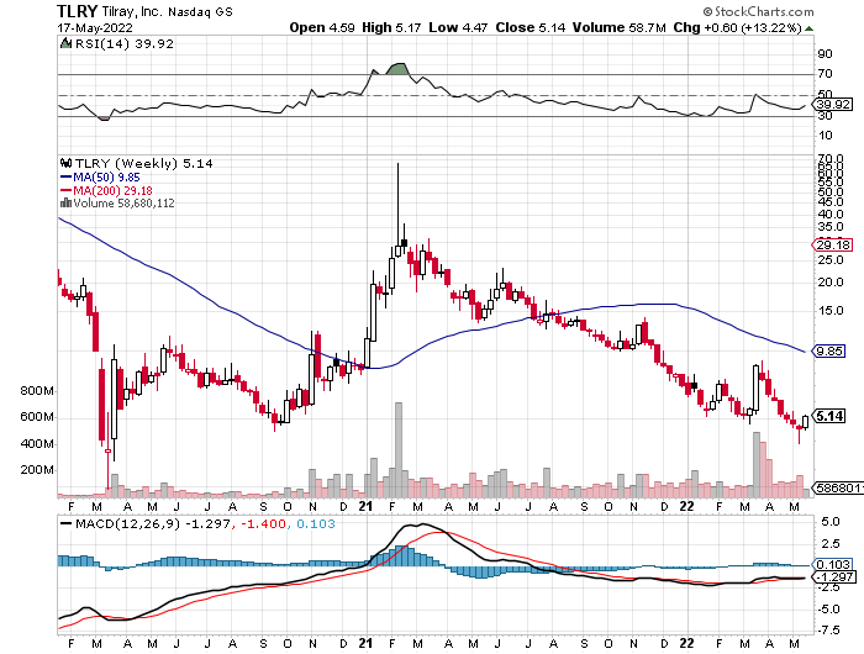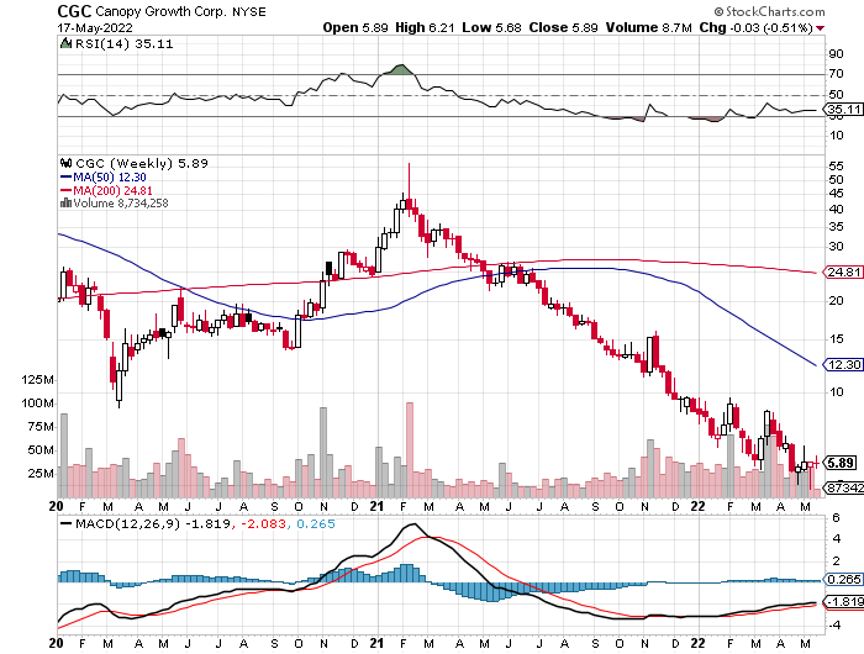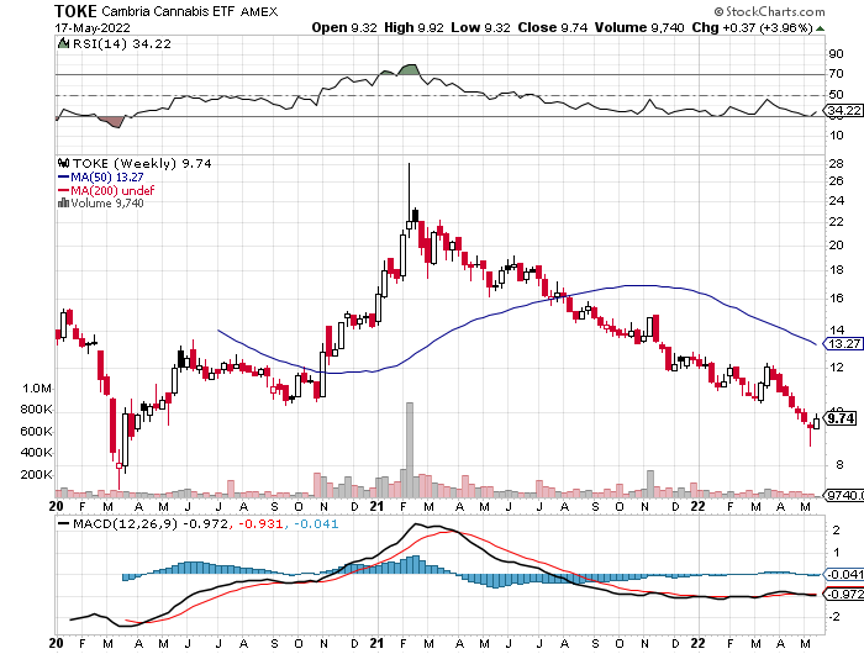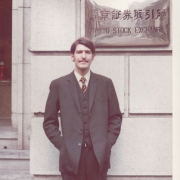How “High” Can Marijuana Stocks Go?
I called one of my long-time northern Nevada clients the other day to find out why he hadn’t renewed his subscription.
He told me he was quitting the stock market for good and going into the marijuana business. There were no values to be had in stocks anymore and fortunes were to be made growing pot on an industrial scale.
Then what I learned was astonishing.
In the last year, marijuana cultivation in Nevada has soared from 1,000 to 5,000 acres. The number of licensed growers has rocketed from 11 to 220. The industry now injects $50 million a year into the Reno economy. You can’t go anywhere in town without running into a pot shop.
A big impetus was the passage of the 2018 US farm bill which largely decriminalized marijuana at the federal level. States have been legalizing weed for a decade. Local banks are now allowed to accept the proceeds of marijuana sales without getting hit with money laundering charges.
And here’s the real shocker. Pot growers can now get federal crop insurance for growing weed, eliminating much of the risk for farmers! Industry associations expect marijuana to become a $25 billion a year industry by 2023. It’s all proof that if you live long enough, you see everything.
Marijuana is actually quite hard to grow. Not only do fields have to be weeded every day, requiring a large labor input, marijuana is unusually sensitive to literally hundreds of plant viruses. One virus can wipe out an entire crop in three days.
The opioid epidemic has become a major factor in the explosive growth of the pot industry. Thanks to crackdowns at the federal and state level, it is almost impossible to get Vicodin any longer. In Nevada you are tracked like a dope dealer, requiring monthly urine tests to prove you’re actually using and not selling it.
However, the pain is still there. As the baby boomer generation ages (boomers are now 58-74), arthritis is becoming rampant, as are other painful maladies. Since marijuana research has been a career killer for scientists for 100 years, very little is known about the potential benefits. Today, it is being applied to migraine headaches, aching joints, and chemotherapy (it’s a great appetite builder).
When the state of Colorado legalized pot a decade ago, every family in the United States with a child afflicted by certain types of juvenile epilepsy moved there. It was the only cure.
Early during the marijuana boom, I met with the CEO of Tilray (TLRY), the largest publicly listed marijuana company, to see if there was a real trade there.
There wasn’t.
All I heard was pie in the sky predictions, rosy forecasts, and unrealistic business models. What he didn’t mention is that the listed companies still suffer from massive competition from the black market, where prices are 40% lower (it’s tax-free).
I ran a mile, deciding instead to buy more Apple (AAPL) and Tesla (TSLA). That worked. The market has heartily agreed with my analysis, taking (TLRY) down a gut-punching 98% since that meeting. Nice miss!
I talked to my own doctor to see if there was any value in the hundreds of the marijuana-based medicinal products now flooding the market. His assessment was that most products were so diluted that it was impossible to assess whether the active ingredient in marijuana, CDB or cannabidiol, was effective or not. Some contained little more than green food coloring.
We may not know the true effects of CBD for years until years of research has taken place, which is only just now getting started.
As for the public investment opportunities in marijuana, it’s another one of those industries where it’s better to use the product than buy the stock.
Avoid pot stocks like a bad trip.







